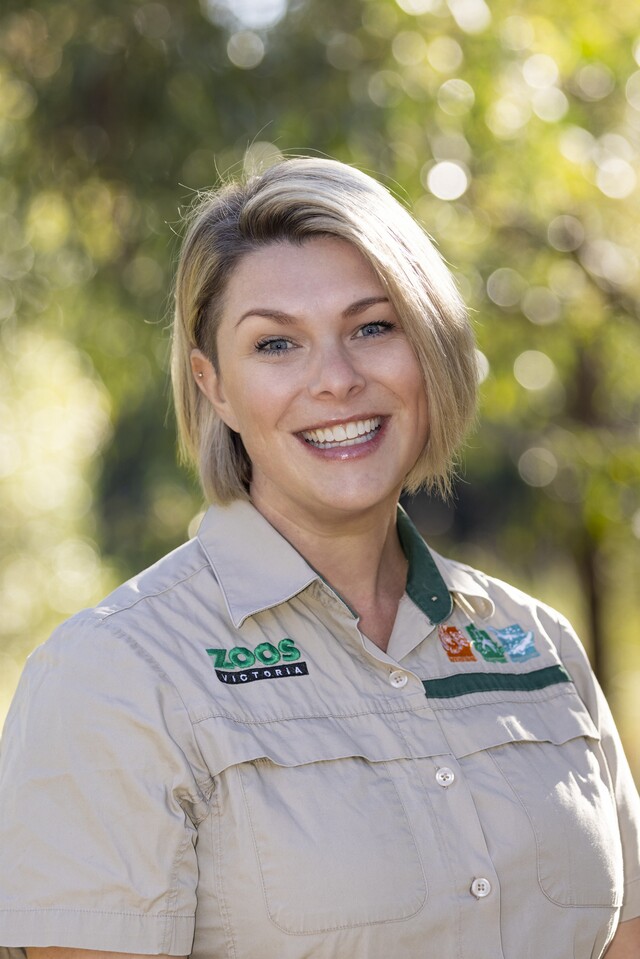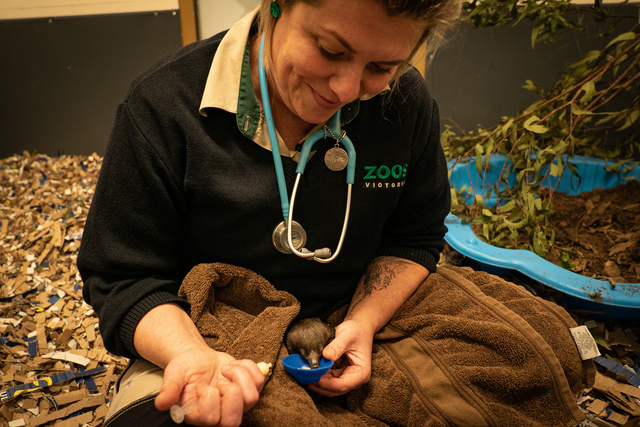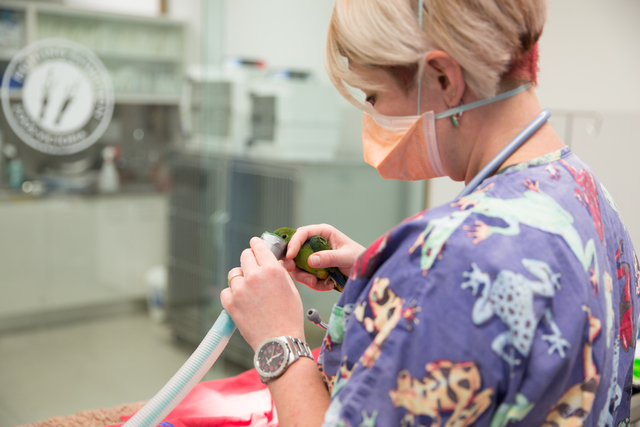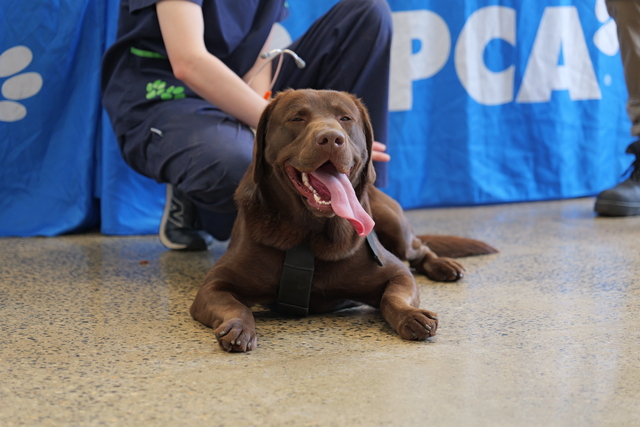To celebrate Veterinary Nurse and Technologist Awareness Week, the Star Mail dug into the life of a local vet nurse.
This year, Veterinary Nurse and Technologist Awareness Week took place from Monday 7 to Friday 11 October, culminating with World Vet Nurse Day placed on the last day of the week.
With the theme ‘Celebrating all the ways we make a difference’, the week aimed to celebrate the diverse roles and talents that veterinary nurses and technologists possess that make a difference to their patients, clients, colleagues and the community.
Sarah Kaiser is a senior nurse at the Australian Wildlife Health Centre, Healesville Sanctuary.
Ms Kaiser first started working in the hospitality industry after completing an advanced diploma in hospitality management.
She soon realised she wasn’t satisfied with where her future was heading in that field and decided to go on another adventure, science and animals.
To start the next chapter of her life, Ms Kaiser said she began studying Certificate II in animal studies in the evenings after work as well as volunteering at kennels and catteries while applying for junior and trainee nurse roles.
“It took me two years to finally secure myself a job as a trainee nurse. You couldn’t study further unless you were employed as a veterinary nurse,” she said.
“I completed my Certificate IV in veterinary nursing via correspondence with the Australian Veterinary Nursing Recourse Centre which was affiliated with Queensland University.
“The prerequisites today are different to what they were when I began my career. Today, there are numerous ways to acquire training, and it is far more user friendly than it was all those years ago.”
The nurse started her career 24 years ago in a small animal veterinary clinic and travelled around Australia in her late 20s as a locum veterinary nurse.
Throughout the experience, she became more aware of Australian native wildlife and the speciality of care needed when they are sick or injured.
“Most small country towns don’t have access to specialised wildlife care, and they rely heavily on local vet clinics or hospitals to provide veterinary care to wildlife,” Ms Kaiser said.
“This was my lightbulb moment as a nurse and when my wildlife nursing career started to take form.”
Ms Kaiser started working at Healesville Sanctuary casually as a locum nurse about 13 years ago and is now taking the role of senior nurse at Healesville Sanctuary’s Australian Wildlife Health Centre.
“I help coordinate the daily running of the department and lead the nursing team in the health and husbandry of all animals in our care, both within the Sanctuary and injured or unwell native animals coming in from the wild,” the nurse said.
“My career here at Healesville Sanctuary is a dream come true and one in which I continually feel rewarded in.”
The Australian Wildlife Health Centre is a large wildlife hospital based at Healesville Sanctuary.
The team treats approximately 2000 wildlife patients each year as well as caring for the animals that call the Sanctuary home.
Visitors can see the incredible veterinary work taking place in real-time thanks to the glass internal wall of the hospital.
The Future Vets play area is also extremely popular among younger visitors.
The senior nurse would like to share advice with future vet nurses.
“First and foremost, you need to have a genuine interest in animals and science, but you also need to be adaptable to continuous learning,” Ms Kaiser said.
“This industry doesn’t stand still. We are continuously learning.
“Being able to work under pressure in an organised fashion helps too.”









